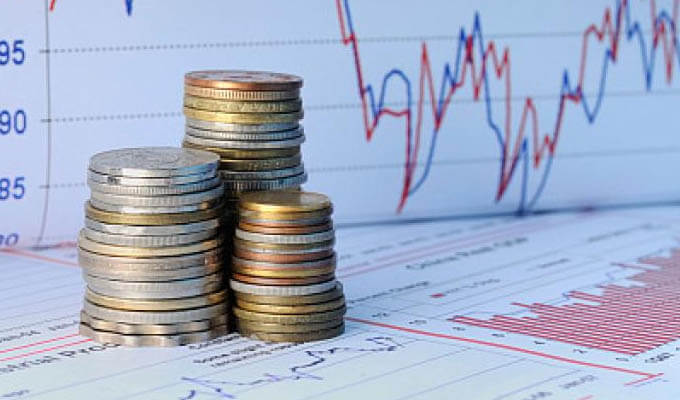Traditional finance theory characterizes investments by their risk and their return. High risk investments, such as junk bonds, have to offer high interest rates to compensate for the fact that some of these investments will fail. Low risk investments, such as government bonds or bank accounts, offer low interest rates because there is almost no chance of these investments failing. There is a complete spectrum of investments in between. It is very unusual for low risk and high return investments to exist for long — simply because when these unusually good investments become available, investors flock to these investments, pushing the rate of return down.
But rooftop solar is an outlier to this traditional financial theory — especially from the perspective of an individual homeowner. Paybacks for rooftop solar are in the range of five to ten years — the equivalent to a 10% to 20% rate of return. And risks are very low — rooftop solar will keep working as long as the sun comes up (most systems are guaranteed for 12-25 years).
When my finance friends run the numbers for their own home, they are often amazed that more people don’t install rooftop solar. These friends are happy to take cash out of their investment accounts — where they may have been earning 2% after tax — and install a rooftop solar system where they will earn an equivalent 15% after tax return. For more about the financial risks and rewards of a rooftop solar system, please Listen Up to the Energy Show on Renewable Energy World.

